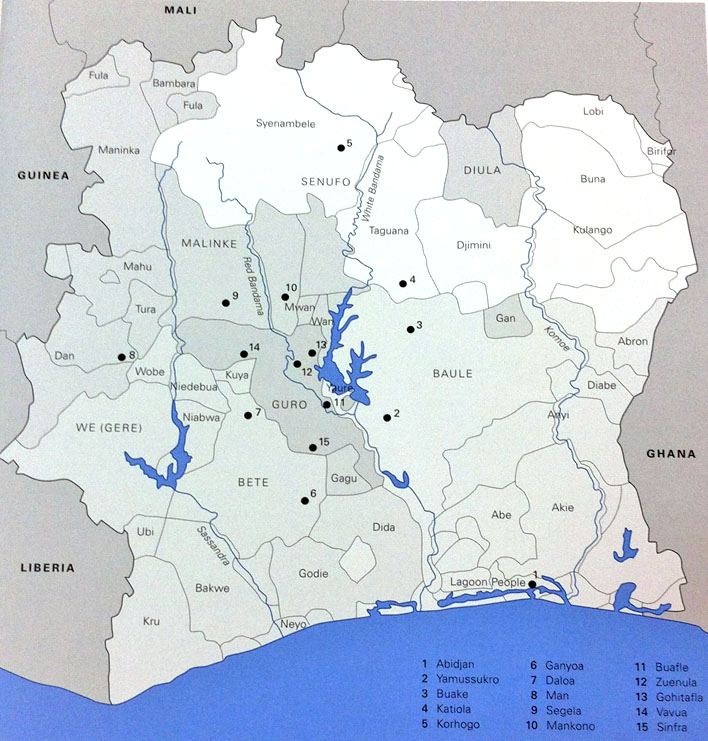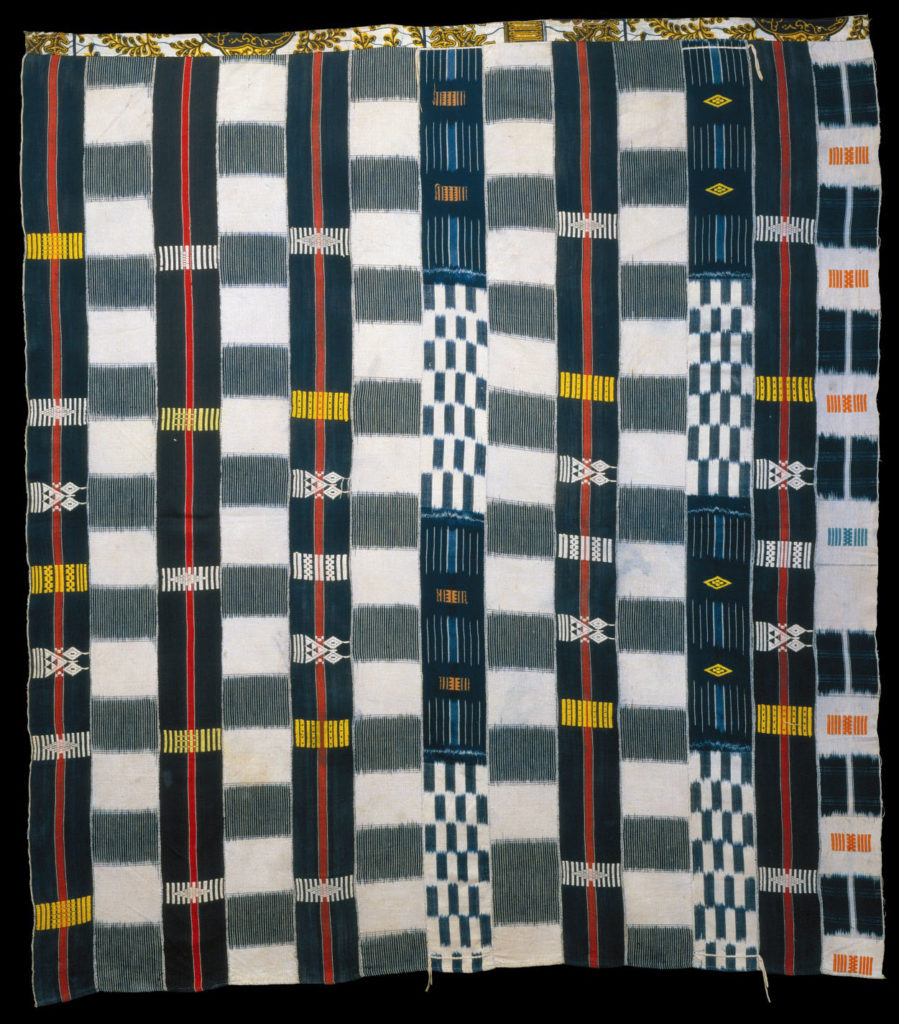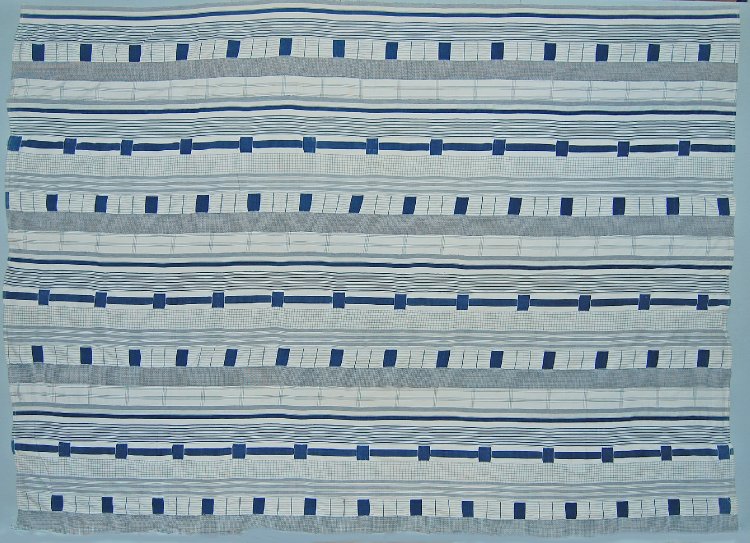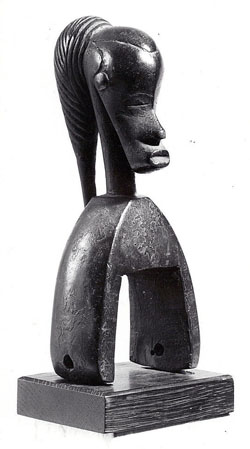Guro-speaking people hail from the central belt of Côte D’Ivoire, their land stretching along the western shores of Lac de Kossou. Historically the Guro were seasonal farmers and hunters. Men would take up the work of weaving and carving during the dry season, which runs from December through to April. The Guro language is of Mande origin, a large group of languages spoken across the western part of West Africa.
At the Crossroads of West Africa
The Guro people migrated from Mali and settled in the central belt of Côte D’Ivoire between the 13th and 16th centuries, inhabiting something of a crossroads in West Africa. They are bordered by the forested equatorial coast to the south, with its long history of maritime trade. To the north is the Sahel and the Saharan desert with its own history of Islamic trade routes.
Extensive interaction with neighbours to the east has also been important, placing the Guro people at the heart of a complex history of migration, trade and war which has shaped not only their artistic traditions, but also those of their neighbours and that of the region more widely.

The Guro and the Dioula: Two Mande Speaking Peoples
Moving southwards from Mali, the Guro brought with them their language, which belongs to the much larger family of Mande languages widely spoken across the western part of West Africa. The link with the north was maintained by constant interaction with another people, the nomadic Dioula, who were well known as traders and weavers.
The Dioula traded in cloth, metal and salt, and it is likely that some weavers settled in Guro areas. This interaction with the Dioula formed an important connection with the northern hinterland which is the heartland of the Mande–speaking people.

Dioula Textiles
With Dioula weavers moving village to village, it is possible that they may have introduced the craft to this part of West Africa. The 20th century Dioula cloth shown here features indigo and white geometric patterning that bear a resemblance to Guro weaving of the same period.

Eastern Contacts: Baule and Asante Peoples

Today the Guro’s neighbours to the east are the Baule and the Asante, who both speak languages of Akan origin. The militarised expansion of Akan-speaking people from what is now Ghana in the 17th century halted the movement of the Guro eastwards. These Akan migrants settled along the eastern shores of Lac de Kossou, assimilating to form the Baule. A subsequent history of trade in the cloth between Guro people and their Baule neighbours has resulted in not only ethnic but also cultural ties linking both groups.
Although Baule weaving is more renowned than Guro weaving today, it is thought that the Guro taught their neighbours, the Baule, to weave. Historically, both groups have also produced decorated loom pulleys featuring human and animal figures, with Asante people who neighbour the Baule to the east in Ghana also having a vibrant history of loom carving and weaving.
Back to West African Loom Pulley

